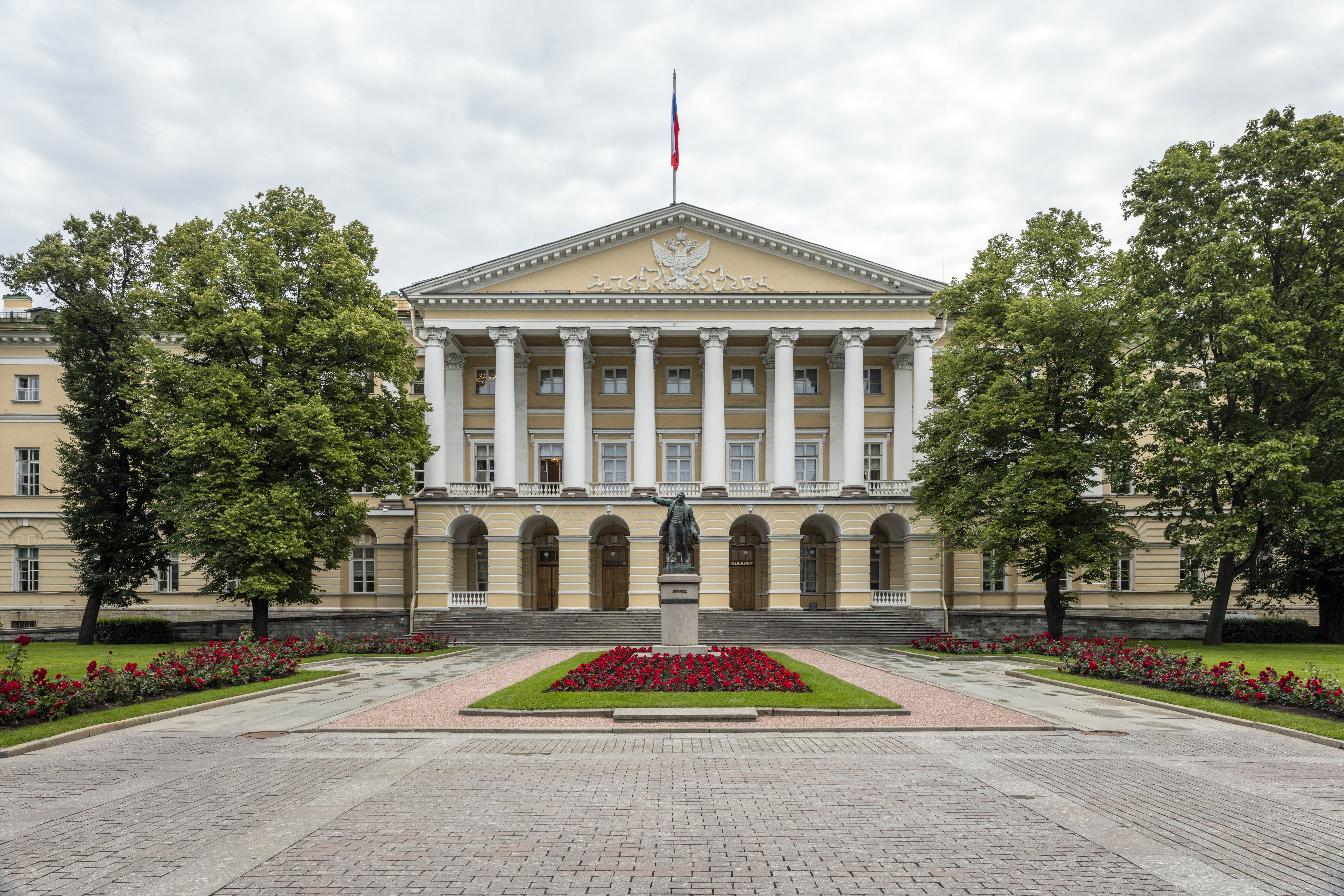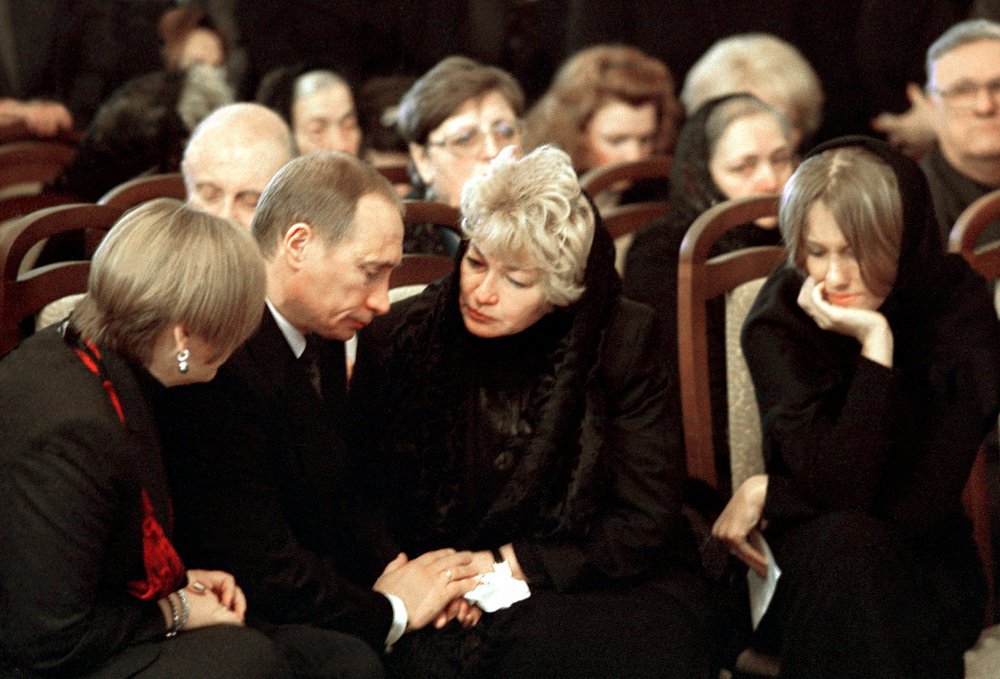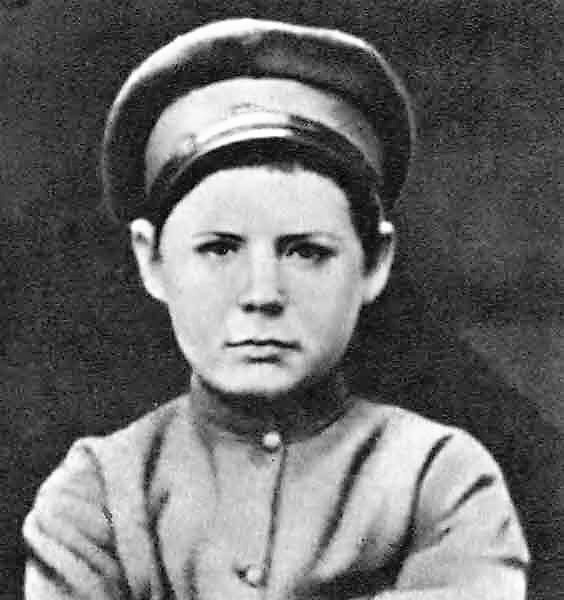|
Smolny Young Ladies’ College
The Smolny Institute (russian: Смольный институт, ''Smol'niy institut'') is a Palladian architecture, Palladian edifice in Saint Petersburg that has played a major part in the history of Russia. History The building was commissioned from Giacomo Quarenghi by the Society for Education of Noble Maidens and constructed in 1806–08 to house the Smolny Institute of Noble Maidens, established at the urging of Ivan Betskoy and in accordance with a decree of Catherine the Great, Catherine II (the Great) in 1764, borrowing its name from the nearby Smolny Convent. The establishment of the institute was a significant step in making education available for females in Russia: "The provision of formal education for women began only in 1764 and 1765, when Catherine II established first the Smolny Institute for girls of the nobility in Saint Petersburg and then the Novodevichii Institute for the daughters of commoners." The Smolny was Russia's first educational establishme ... [...More Info...] [...Related Items...] OR: [Wikipedia] [Google] [Baidu] |
CPSU
"Hymn of the Bolshevik Party" , headquarters = 4 Staraya Square, Moscow , general_secretary = Vladimir Lenin (first)Mikhail Gorbachev (last) , founded = , banned = , founder = Vladimir Lenin , newspaper = ''Pravda'' , position = Far-left , international = , religion = State Atheism , predecessor = Bolshevik faction of the RSDLP , successor = UCP–CPSU , youth_wing = Little Octobrists Komsomol , wing1 = Young Pioneers , wing1_title = Pioneer wing , affiliation1_title = , affiliation1 = Bloc of Communists and Non-Partisans (1936–1991) , membership = 19,487,822 (early 1989 ) , ideology = , colours = Red , country = the Soviet Union The Communist Party of the Soviet Union (CPSU),; abbreviated in Russian as or also known by various other names during its history, was the founding and ruling party of the Soviet Union. The ... [...More Info...] [...Related Items...] OR: [Wikipedia] [Google] [Baidu] |
Louise Bryant
Louise Bryant (December 5, 1885 – January 6, 1936) was an American feminist, political activist, and journalist best known for her sympathetic coverage of Russia and the Bolsheviks during the October Revolution, Russian Revolution of November 1917. Born Anna Louise Mohan, she began as a young girl to use the last name of her stepfather, Sheridan Bryant, in preference to that of her father. She grew up in rural Nevada and attended the University of Nevada, Reno, University of Nevada in Reno, Nevada, Reno and the University of Oregon in Eugene, Oregon, Eugene, graduating with a degree in history in 1909. Pursuing a career in journalism, she became Society reporting , society editor of the ''Spectator'' and freelancer, freelanced for ''The Oregonian,'' newspapers in Portland, Oregon. During her years in that city (1909–1915), she became active in the Women's suffrage in the United States, women's suffrage movement. Leaving her first husband in 1915 to follow fellow journal ... [...More Info...] [...Related Items...] OR: [Wikipedia] [Google] [Baidu] |
Six Red Months In Russia
6 is a number, numeral, and glyph. 6 or six may also refer to: * AD 6, the sixth year of the AD era * 6 BC, the sixth year before the AD era * The month of June Science * Carbon, the element with atomic number 6 * 6 Hebe, an asteroid People * Alphonse Six (1890–1914), Belgian football player * Didier Six (born 1954), former French international footballer * Franz Six (1909–1975), Nazi official * Frederick N. Six (born 1929), Justice of the Kansas Supreme Court * James Six (1731–1793), British scientist * Jan Six (1616-1700), an important cultural figure in the Dutch Golden Age * Robert Six (1907–1986), Chief Executive Officer of Continental Airlines between 1936 and 1981 * Regine Sixt, German businessperson * Valérie Six (born 1963), French politician * Perri 6 (an extremely rare surname), social scientist * Six family, family of regents of Amsterdam, founded by Jan Six Music * Six (band), an Irish pop band created by a TV reality show * ''Six'' (musical), a musi ... [...More Info...] [...Related Items...] OR: [Wikipedia] [Google] [Baidu] |
Moscow School Of The Order Of St Catherine
The Moscow School of the Order of St Catherine (russian: Московское училище ордена Святой Екатерины) was a girls' school in Moscow, Russia, between 1802 and 1918. It was a fashionable girl school for students from noble and rich burgher families (divided in different classes until 1842), which was the Moscow equivalent to the Smolny Institute of St Petersburg Saint Petersburg ( rus, links=no, Санкт-Петербург, a=Ru-Sankt Peterburg Leningrad Petrograd Piter.ogg, r=Sankt-Peterburg, p=ˈsankt pʲɪtʲɪrˈburk), formerly known as Petrograd (1914–1924) and later Leningrad (1924–1991), i .... It belonged to the first educational institutions in Moscow. References * Московское училище ордена Св. Екатерины 1803–1903 гг.: Исторический очерк. Составлен по поручению Совета Училища Комиссией преподавателей под общей ... [...More Info...] [...Related Items...] OR: [Wikipedia] [Google] [Baidu] |
Anatoly Sobchak
Anatoly Aleksandrovich Sobchak ( rus, Анатолий Александрович Собчак, p=ɐnɐˈtolʲɪj ɐlʲɪˈksandrəvʲɪtɕ sɐpˈtɕak; 10 August 1937 – 19 February 2000) was a Soviet and Russian politician, a co-author of the Constitution of the Russian Federation, the first democratically elected mayor of Saint Petersburg, and a mentor and teacher of future presidents Vladimir Putin and Dmitry Medvedev. Biography Soviet legal scholar Anatoly Sobchak was born in Chita, Russian SFSR, Soviet Union, on 10 August 1937. His father, Aleksander Antonovich, was a railroad engineer of Polish and Czech origin, and his mother, Nadezhda Andreyevna Litvinova, was an accountant of Russian and Ukrainian origin. Anatoly was one of four brothers. In 1939, the family moved to Uzbekistan, where Anatoly lived until 1953 before entering Stavropol Law College. In 1954, he transferred to Leningrad State University. In 1958, he married Nonna Gandzyuk, a student of Hertzen Teacher' ... [...More Info...] [...Related Items...] OR: [Wikipedia] [Google] [Baidu] |
Vladimir Putin
Vladimir Vladimirovich Putin; (born 7 October 1952) is a Russian politician and former intelligence officer who holds the office of president of Russia. Putin has served continuously as president or prime minister since 1999: as prime minister from 1999 to 2000 and from 2008 to 2012, and as president from 2000 to 2008 and since 2012. Putin worked as a KGB foreign intelligence officer for 16 years, rising to the rank of lieutenant colonel before resigning in 1991 to begin a political career in Saint Petersburg. He moved to Moscow in 1996 to join the administration of president Boris Yeltsin. He briefly served as director of the Federal Security Service (FSB) and secretary of the Security Council of Russia, before being appointed as prime minister in August 1999. After the resignation of Yeltsin, Putin became Acting President of Russia and, less than four months later, was elected outright to his first term as president. He was reelected in 2004. As he was constitutionall ... [...More Info...] [...Related Items...] OR: [Wikipedia] [Google] [Baidu] |
Saint Petersburg City Administration
Saint Petersburg City Administration (Администрация Санкт-Петербурга) is the superior executive body of Saint Petersburg (formerly Leningrad), Russian Federation. It is located in a historic building, Smolny and known as the Government of Saint Petersburg (Правительство Санкт-Петербурга). The head of the administration is the Governor of Saint Petersburg (Mayor of Saint Petersburg before 1996). In 1991 – 2006 the head of the city was elected by direct vote of the city residents. However, according to a Russian Federal Law accepted in 2004 (Full text in Russian, the governor was proposed by the President of the Russian Federation and approved (or disapproved) by the City Legislative Assembly until 2014, while in 2014 the governor was elected by popular vote of the city residents. List of the heads of Leningrad / Saint Petersburg City Administration since 1991 * Anatoly Sobchak (Mayor, 1991 - 1996, elected in 1991, lost the e ... [...More Info...] [...Related Items...] OR: [Wikipedia] [Google] [Baidu] |
List Of Heads Of Saint Petersburg Government
The Governor of Saint Petersburg (Губернатор Санкт-Петербурга) is the head of the executive branch of Saint Petersburg City Administration. The governor's office administers all city services, public property, police and fire protection, most public agencies, and enforces all city and state laws within all districts of the City of Saint Petersburg. The governor's office is located in Smolny Institute and appoints many officials, including deputy governors and directors (heads of city departments). Under the Soviet regime, until 1991 the head of the city administration was called chairperson of the executive committee. Between 1991 and 1996, the head of the administration was called Mayor after which they were called Governor. Between 1991 and 2006 the mayor/governor was elected by direct vote of city residents. Between 2004 and 2014, the governor was nominated by the President of the Russian Federation and approved (or disapproved) by the City Legislative ... [...More Info...] [...Related Items...] OR: [Wikipedia] [Google] [Baidu] |
Sergei Kirov
Sergei Mironovich Kirov (né Kostrikov; 27 March 1886 – 1 December 1934) was a Soviet politician and Bolshevik revolutionary whose assassination led to the first Great Purge. Kirov was an early revolutionary in the Russian Empire and member of the Bolshevik faction of the Russian Social Democratic Labour Party. Kirov became an Old Bolshevik and personal friend to Joseph Stalin, rising through the Communist Party of the Soviet Union ranks to become head of the party in Leningrad and a member of the Politburo. On 1 December 1934, Kirov was shot and killed by Leonid Nikolaev at his offices in the Smolny Institute for unknown reasons; Nikolaev and several suspected accomplices were convicted in a show trial and executed less than 30 days later. Kirov's death was later used as a pretext for Stalin's escalation of political repression in the Soviet Union and the events of the Great Purge, with complicity as a common charge for the condemned in the Moscow Trials. Kirov's assassina ... [...More Info...] [...Related Items...] OR: [Wikipedia] [Google] [Baidu] |
Vladimir Gelfreikh
Vladimir Georgiyevich Helfreich or Gelfreikh (Russian: Влади́мир Гео́ргиевич Гельфре́йх; * March 24, 1885, Saint Petersburg, Russian Empire – August 7, 1967, Moscow, Soviet Union) was a Soviet and Russian architect, teacher, professor. Academician of the Russian Academy of Architecture and Construction Sciences (1947). Hero of Socialist Labour (1965). Two Stalin Prizes of the first degree (1946, 1949). Life V. Gel'freykh was born on March 24, 1885, in Saint Petersburg in the family of a civil servant. He graduated from the real school, and studied in private drawing school for two years. In 1906 he entered the Architectural Department of the Imperial Academy of Arts, which he graduated with honours in 1914, having completed the thesis project of the building of the State Council under the supervision of Professor Leon Benois. Even while studying at the Academy, he started to work in the studio of Academician Vladimir Shchuko, who had a significan ... [...More Info...] [...Related Items...] OR: [Wikipedia] [Google] [Baidu] |
Vladimir Shchuko
Vladimir Alekseyevich Shchuko ( rus, Влади́мир Алексе́евич Щуко́, p=ɕːʉˈko; October 17, 1878 – January 19, 1939) was a Russian architect, member of the Saint Petersburg school of Russian neoclassical revival notable for his giant order apartment buildings "rejecting all trace of the moderne". After the Russian Revolution of 1917 Shchuko gradually embraced modernist ideas, developing his own version of modernized neoclassicism together with his partner Vladimir Gelfreikh. Shchuko and Gelfreikh succeeded through the prewar period of Stalinist architecture with high-profile projects like the Lenin Library, Moscow Metro stations and co-authored the unrealized Palace of Soviets. Shchuko was also a prolific stage designer, author of 43 drama and opera stage sets. Biography Early years Born in Tambov in a military family, Vladimir Schuko joined Leon Benois's class of architecture at the Imperial Academy of Arts in 1896 and graduated in 1904. His academic ... [...More Info...] [...Related Items...] OR: [Wikipedia] [Google] [Baidu] |









